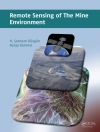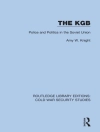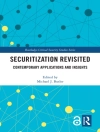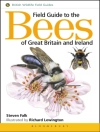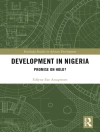Talk is one of the main resources available to qualitative researchers. It offers rich, meaningful data that can provide real insights and new perspectives. But once you have the data how do you select an appropriate means of analysis? How do you ensure that the approach you adopt is the best for your project and your data?
The book will help you choose strategies for qualitative analysis that best suit your research. It walks you through key decisions, provides actionable game plans and highlights the advantages and challenges of the main approaches. It is packed full of real examples designed to showcase the different tools you might use to meet your own objectives.
Each section of the book focuses on one popular strategy for analyzing talk-based data:
- Narrative Analysis
- Conversation Analysis
- Discourse Analysis
Taken together these sections will help you to fine-tune the link between your primary research question and your methods; to ensure that your theoretical stance fits with your methods; and to reason through your analysis in a way that will be recognizable to the intellectual communities of narrative, conversation, or discourse analysts.
This book is both starting point and map for any social scientist looking to strategically and purposefully analyse talk data.
Mục lục
Chapter 1: Introduction
PART ONE: ANALYZING NARRATIVES
Chapter 2: Broad Strokes Approaches to Narrative Analysis
Chapter 3: Fine-Grained Analyses of Meaning
Chapter 4: The Interview in Narrative Analysis
PART TWO: ANALYZING TALK-IN-INTERACTION
Chapter 5 : The Basics of Conversation Analysis
Chapter 6: Conversation Analysis Approaches to Social Categories
Chapter 7: Institutional Talk-in-Interaction
Chapter 8: The Interview in Conversation Analysis
PART THREE: ANALYZING DISCOURSE
Chapter 9: Foucauldian Discourse Analysis
Chapter 10: Critical Discourse Analysis
Chapter 11: Garden-Variety Discourse Analysis
Chapter 12: The Interview in Discourse Analysis
Chapter 13: Conclusion




